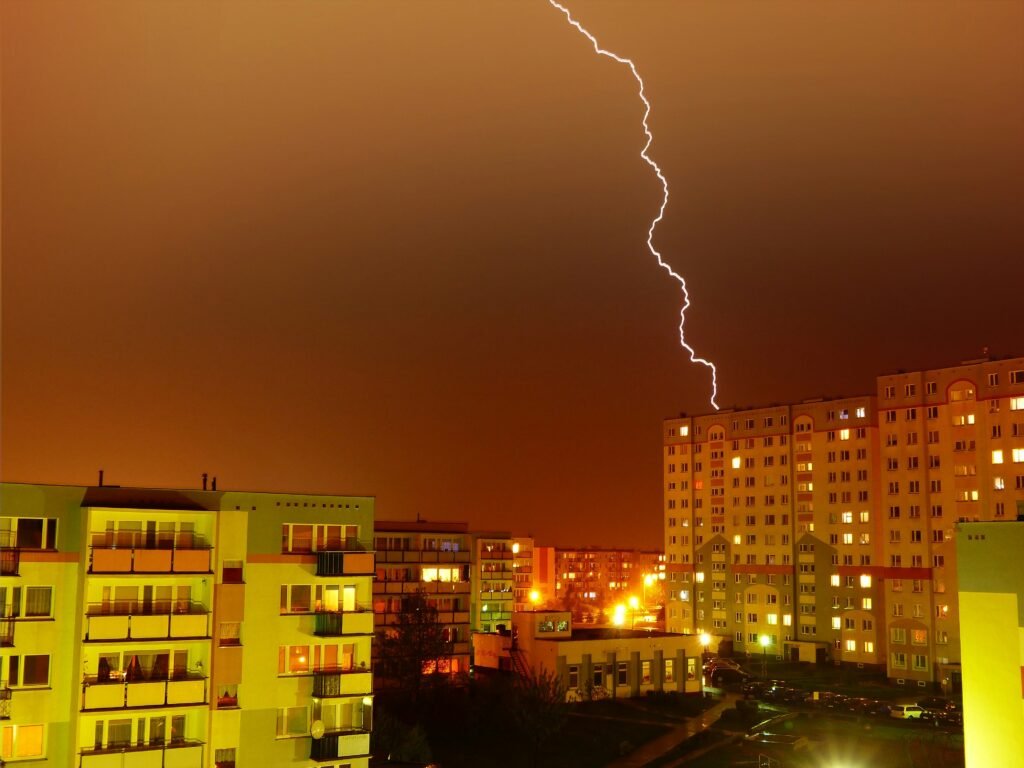
Understanding the Role of Surge Protectors in Lightning Protection for Water Plant Control Systems
Lightning strikes are a powerful force of nature that can cause significant damage to various electrical systems, including water plant control systems. These control systems are critical for ensuring the efficient and reliable operation of water treatment and distribution processes.
One common question that arises is whether surge protectors are effective in protecting water plant control systems against lightning strikes. In this article, we will explore the role of surge protectors in lightning protection for water plant control systems and evaluate their effectiveness.
What Are Surge Protectors?
Before we delve into their effectiveness, let’s first understand what surge protectors are. Surge protectors, also known as surge suppressors or surge arresters, are devices designed to protect electrical equipment from voltage spikes or surges. These voltage spikes can occur due to various reasons, including lightning strikes, power grid fluctuations, or electrical faults.
Surge protectors work by diverting excess voltage away from the sensitive electrical equipment they are connected to. They typically consist of metal oxide varistors (MOVs) or gas discharge tubes that absorb the excess voltage and prevent it from damaging the connected devices.
Do Surge Protectors Protect Against Lightning?
Now, let’s address the main question: do surge protectors protect against lightning? The short answer is yes, surge protectors are designed to provide some level of protection against lightning-induced voltage surges.
However, it is important to note that surge protectors cannot provide 100% protection against the immense power of a direct lightning strike. A direct lightning strike carries an enormous amount of energy that can overwhelm even the most robust surge protection systems.
That being said, surge protectors are effective in mitigating the damage caused by indirect lightning strikes or voltage surges induced by nearby lightning activity. They can help prevent damage to sensitive electronic components and minimize the risk of equipment failure.
The Importance of Proper Installation
While surge protectors can offer some level of protection, it is crucial to ensure their proper installation for maximum effectiveness. Here are a few key considerations:
1. Surge Protector Placement:
Surge protectors should be installed at the point where the electrical service enters the water plant control system. This ensures that the surge protector can divert excess voltage before it reaches the sensitive equipment.
2. Grounding:
Proper grounding is essential for surge protectors to function effectively. The surge protector should be connected to a reliable grounding system to ensure the excess voltage is safely discharged into the ground.
3. Maintenance and Replacement:
Surge protectors should be regularly inspected and maintained to ensure their optimal performance. If a surge protector has been subjected to a significant voltage surge or has reached the end of its lifespan, it should be replaced promptly to maintain the desired level of protection.
Additional Lightning Protection Measures
While surge protectors play a crucial role in lightning protection for water plant control systems, they are not the only measure that should be taken. Here are a few additional lightning protection measures that can enhance the overall safety and resilience of the system:
1. Lightning Rods:
Lightning rods, also known as air terminals, are designed to attract lightning strikes and provide a safe path for the lightning current to follow. Installing lightning rods on the water plant facility can help prevent direct lightning strikes to critical equipment.
2. Grounding Systems:
A robust grounding system is essential for dissipating the energy from a lightning strike safely. It involves the installation of grounding electrodes and conductors to direct the lightning current into the ground, minimizing the risk of damage to the water plant control system.
3. Surge Protection Coordination:
Coordination between different surge protection devices is crucial for comprehensive lightning protection. By strategically placing surge protectors at various points within the water plant control system and coordinating their operation, the overall effectiveness of the lightning protection system can be enhanced.
Conclusion
In conclusion, surge protectors play a vital role in protecting water plant control systems against lightning-induced voltage surges. While they cannot provide absolute protection against direct lightning strikes, they are effective in mitigating the damage caused by indirect strikes or voltage surges induced by nearby lightning activity.
Proper installation, grounding, and maintenance of surge protectors are essential for their optimal performance. Additionally, incorporating additional lightning protection measures, such as lightning rods and grounding systems, can further enhance the overall safety and resilience of water plant control systems.
By implementing a comprehensive lightning protection strategy that includes surge protectors and other necessary measures, water plant operators can minimize the risk of equipment failure, ensure uninterrupted operation, and safeguard the water supply for the community they serve.
